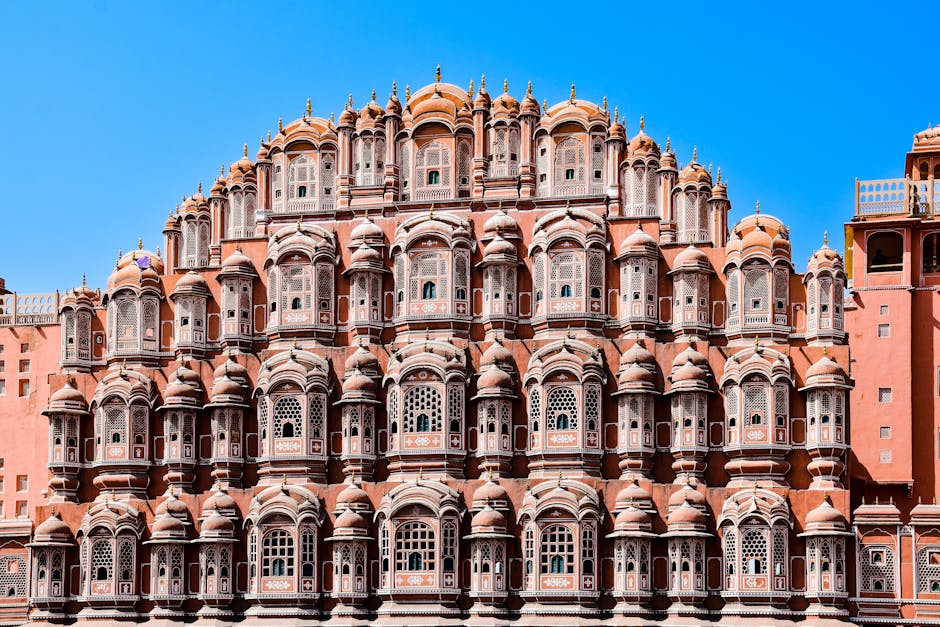
Dynamic Digital Art Techniques
In the world of digital art, there are countless techniques that artists can use to bring their creations to life. This blog post will introduce you to some dynamic digital art techniques that can take your artwork to the next level.
1. Lighting Effects: Adding lighting effects to your digital artwork can bring depth and a sense of realism. Experiment with different lighting angles, colors, and intensities to create a dynamic and visually engaging piece.
2. Motion Blur: Utilizing motion blur can convey a sense of movement and speed in your artwork. This technique is particularly effective when used in action scenes or to add a dynamic touch to still objects.
3. Depth of Field: By playing with depth of field, you can guide the viewer's attention to specific areas of your artwork. Blurring the background or foreground can create a sense of depth and add a dynamic element to your piece.
4. Texture Manipulation: Experiment with different texture overlays or brushes to add depth and dimension to your artwork. Textures can be used to simulate various surfaces and bring a dynamic feel to your digital creations.
5. Layering and Blending Modes: Utilize layers and blending modes in your digital art software to create overlapping elements and effects. This technique allows you to add depth, highlights, and shadows, resulting in a more dynamic and visually interesting composition.
6. Dynamic Perspectives: Challenge yourself by exploring different perspectives and viewpoints in your artwork. Experiment with unusual angles and compositions to create an energetic and impactful piece.
Remember, these are just a few examples of dynamic digital art techniques. Don't be afraid to try new things, experiment, and find your own unique style. Digital art offers infinite possibilities, so embrace the opportunity to push boundaries and create stunning pieces that captivate and inspire.
